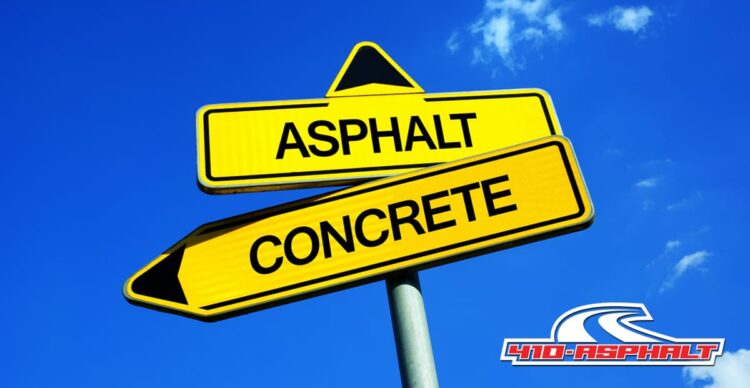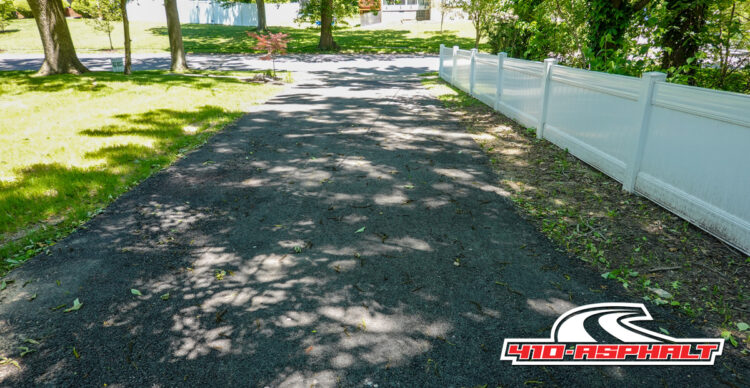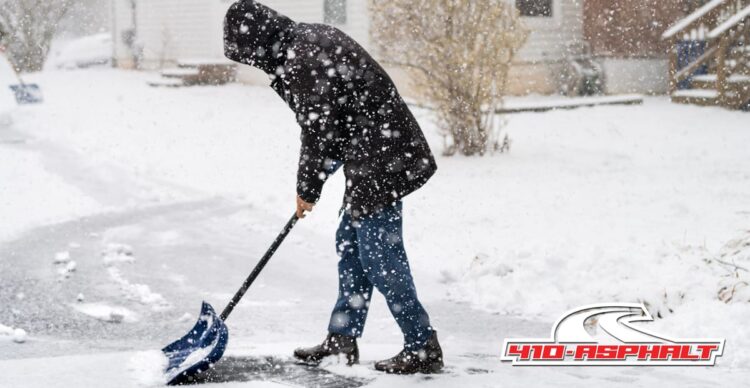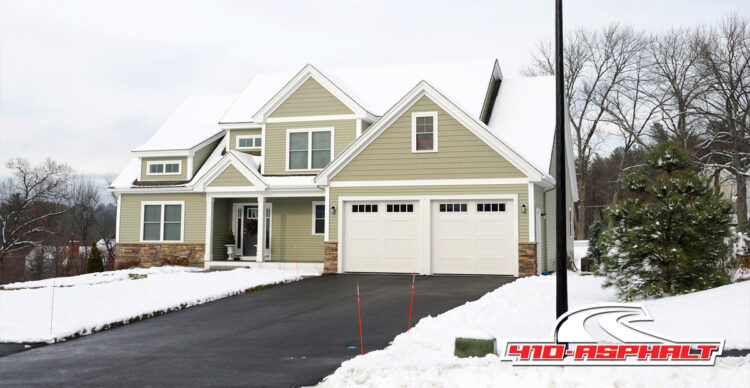If you’re looking at your current driveway and realizing it’s seen better days, it may be time for a new one. But is asphalt vs. concrete better for driveways? Well, it depends. Here are some things to consider when deciding which type of driveway is best for your home. Climate Living in Maryland, we get subjected to all four seasons. When choosing between asphalt vs. concrete for your driveway, think about the extreme temperatures we can get on both sides. Over time, the cycle of freezing temperatures followed by high heat (which can happen in the same week around here) is enough to make asphalt crack and sag. On the other hand, concrete can stand up to the high heat better but can crack, heave, or buckle under the pressure of our winter temperatures. Snow and ice take longer to melt on concrete vs. asphalt, and salt used to melt
LEARN MORE >> →Posts Tagged asphalt
Asphalt is a great option for a driveway because it’s cheap and durable. But what happens when your driveway becomes a wreck? Is it time to repair or replace your asphalt driveway? If it’s just a few cracks or small potholes, you may be able to fix them yourself. By doing regular maintenance, your asphalt driveway can last for as long as 20 years. Eventually, though, you may get to a point where you’re questioning how much life remains in your driveway. You can have your driveway treated in one of three ways: resurfacing, sealcoating, or repaving. Resurfacing Resurfacing is also called an overlay. In the process, we lay a new layer of asphalt over the top of the existing driveway. This is what we usually do when the cracks give way to potholes that become bigger. Or, you may see part of the surface crumbling, valleys forming, and other
LEARN MORE >> →Ice and snow are enemies of naturally porous asphalt. As they melt, the water is absorbed into the asphalt, causing it to expand and freeze. This process causes cracks, which invite more water to the party, causing more asphalt deterioration and shortening the lifespan of your driveway. A new asphalt driveway that hasn’t been seal-coated (which happens a few months after installation) is even more vulnerable. Luckily, there are steps you can take this winter to keep your asphalt fresh and crack free. Choose Your Shovel Wisely The more frequently you shovel, the less chance of snow and ice buildup melting into your driveway, causing damage. A lightweight plastic or rubber-bladed shovel is better for your asphalt than a metal shovel. The sharp and pointed blades of metal shovels are great for picking up snow but can pit and leave marks on your asphalt driveway. Use a Snow Blower on
LEARN MORE >> →Asphalt is a durable and versatile way to pave your driveway and walkways. It’s able to withstand a broad range of temperatures. This makes it an ideal product to use for Maryland’s unpredictable seasons. Unlike concrete, asphalt is able to expand and contract with minimal damage. This makes it a cost-effective long-term solution. As the cold temps begin to make their presence known here in Maryland, you may be wondering what the best time of year to lay asphalt is. You want to make your investment last as long as it can. There are a right and a wrong time of year to lay down your new asphalt driveway. Ideal Paving Temperature The ideal temperature for hot paving asphalt is between 70 and 90 degrees ambient (air) temperature. In Maryland, that could be any season. But generally, the best time to install your driveway is in late spring, early summer,
LEARN MORE >> →




